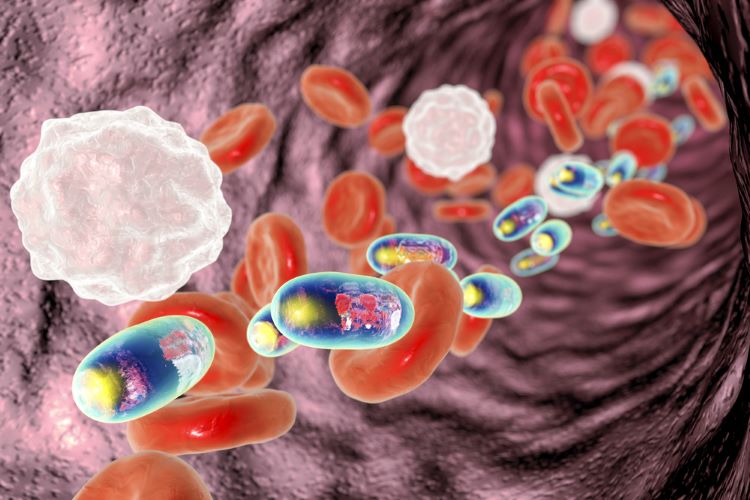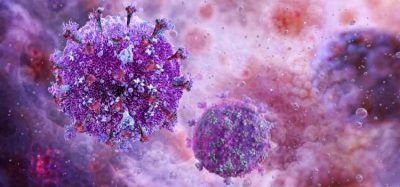Lignin-based drug delivery system may improve chemotherapeutics
Posted: 28 May 2024 | Catherine Eckford (European Pharmaceutical Review) | No comments yet
A sustainable drug delivery method based on the biopolymer lignin could offer applications in anti-cancer therapies, research suggests.


Researchers have defined the conditions to formulate novel polyelectrolyte complexes (PECs) based on a sustainable hemicellulose-rich lignosulphonate. Their findings suggest potential applications in drug delivery.
Novel biomaterials based on PECs are being investigated in the industry as drug delivery systems, due to PECs being able to “to entrap drugs under mild conditions and control their release”.
In their study, the team combined a “novel and sustainably produced” hemicellulose-rich lignosulphonate polymer (EH, negatively charged) with polyethyleneimine (PEI) or chitosan (CH, positively charged) and agar to develop drug-releasing PECs. Methylene blue was utilised as the model drug.
In the paper, key benefits of PECs for delivering drugs were described as: “transport, [ability to] protect the activity, increase the half-life, control the release kinetics and target a specific release site of their cargos”.
Benefits for drug delivery
The main results from the study were:
- PECs’ stability was positively affected by low pH, ratios close to 1:1, and the addition of agar
- PECs with higher EH content showed a higher methylene blue loading, likely promoted by stronger electrostatic interactions
- The EH/ chitosan formulation enriched with agar showed the best sustained release profile of methylene blue during the first 30 hours in a pH-dependent environment simulating the gastrointestinal (GI) tract.
Further results indicated that “PEI-containing samples were overall more stable than chitosan-containing samples and that a 1:1 charge stoichiometry positively affects the yield”, the authors revealed.
According to Dogaris et al., the findings are relevant to the unmet challenge in which drugs are administered intravenously for controlled release into the gastrointestinal tract.
The authors shared an example: the industry’s pursuit to develop “novel oral formulations of paclitaxel against colon cancer, where important challenges are related to paclitaxel high lipophilicity, efflux, and affinity for intestinal and liver degrading enzymes”.
[the] drug delivery system has “high potential” for anti-cancer therapy, due to lignin’ antioxidant effect”
They emphasised that their proposed drug delivery system has “high potential” for anti-cancer therapy, due to lignin’ antioxidant effect. They stated that this property has “been associated with a reduction of colon cancer relapse that is mainly linked to oxidative stress”.
Importantly, this approach using the lignosulphonate-hemicellulose polymer offers the pharmaceutical industry “a novel, biodegradable and sustainable polymer with unique physico-chemical properties, as a valid alternative to fossil-based raw materials”, the authors shared.
The paper was published in Drug Delivery and Translational Research.
Related topics
Anti-Cancer Therapeutics, Chemotherapy, Clinical Development, Clinical Trials, Data Analysis, Drug Delivery Systems, Drug Development, Drug Safety, Industry Insight, Nanoparticles, Technology, Therapeutics









